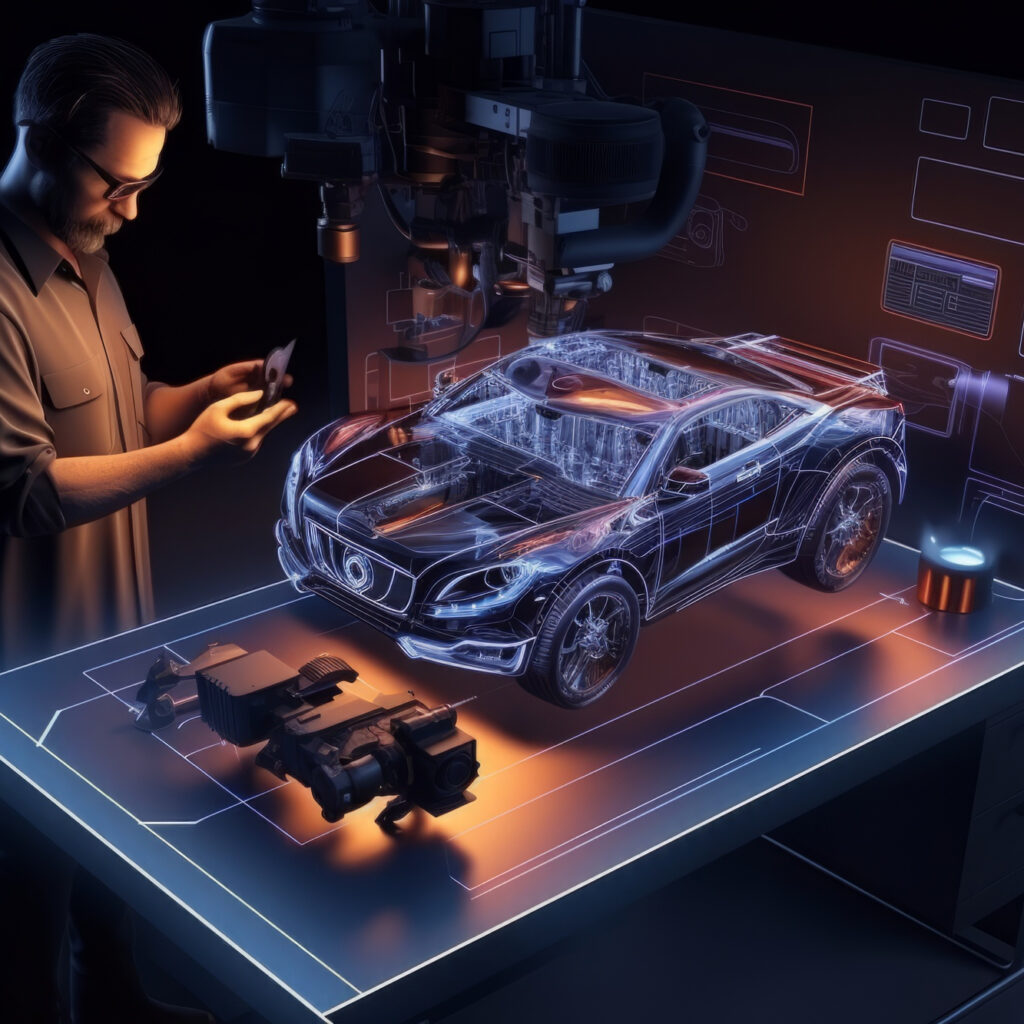
If you’re a car lover and want to make your vehicle faster, more stylish, or more powerful, car tuning is the perfect way to get started. This guide will walk you through the car tuning meaning, stages, cost, benefits, and everything else you need to know as a beginner. We’ll also cover where to learn car tuning, when car tuning is required, and how it actually works — plus give you realistic cost estimates in Pakistani Rupees (PKR).
What is Car Tuning?
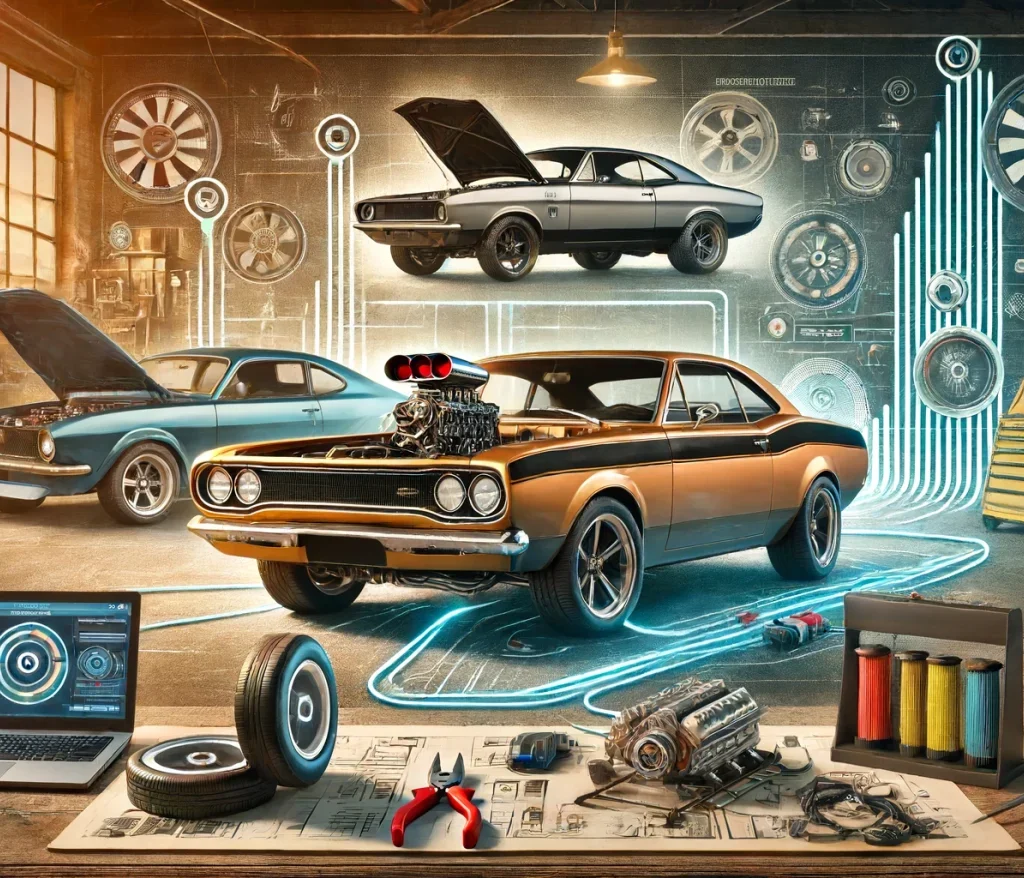
Car tuning is the process of modifying or upgrading parts of your vehicle to improve its performance, appearance, comfort, or all three. It may include:
- Engine tuning (like ECU remapping)
- Installing performance exhausts
- Adding turbochargers
- Changing suspension systems
- Styling the car with body kits or rims
In simple terms, car tuning means personalizing your car to perform and look exactly how you want.
When Car Tuning is Required
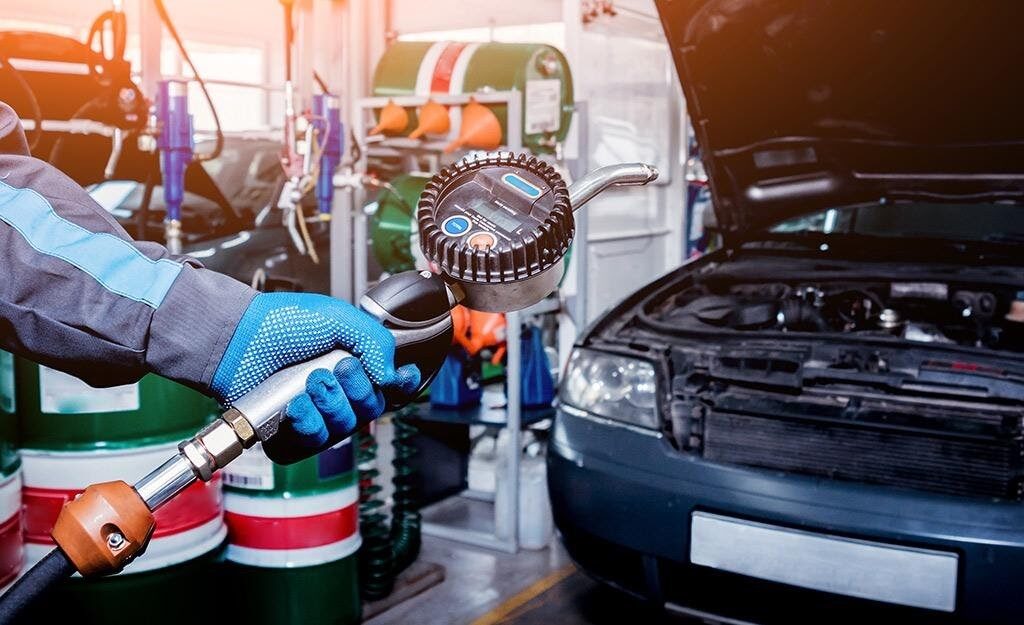
You might want car tuning when:
- Your car feels underpowered or sluggish
- You want better acceleration and speed
- You’re preparing for racing or off-road driving
- You want a sporty or unique look
- You aim to improve fuel efficiency
- You want a more enjoyable driving experience
What Are Car Tuning Stages?
Stage 1 – Basic Performance Tuning
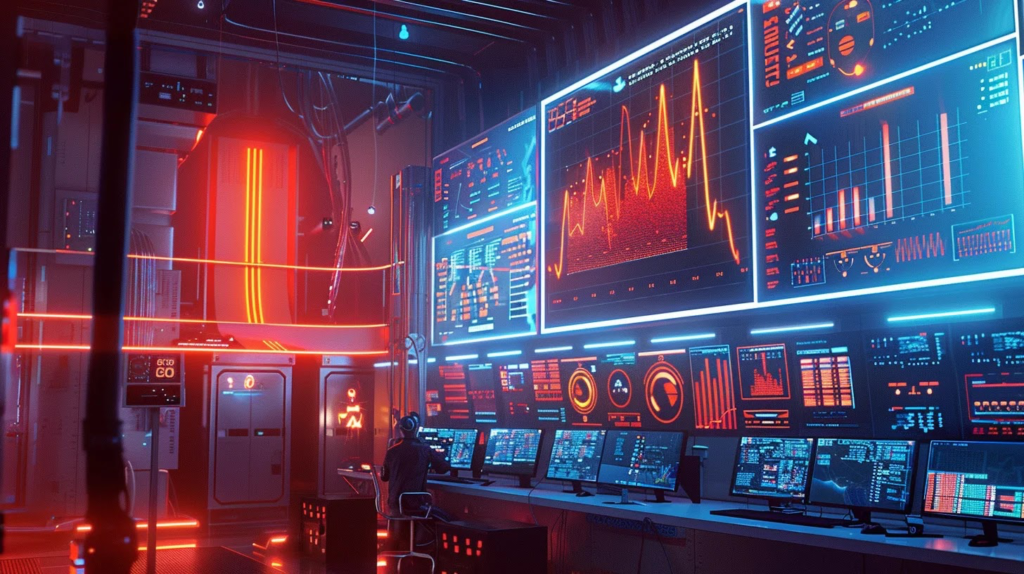
Stage 1 tuning is the easiest and safest way to improve your car’s performance. It’s perfect for beginners because it doesn’t involve opening or changing any parts inside the engine. Everything is done on the outside or through software.
Here’s what’s usually included:
- ECU Remap: The car’s computer is reprogrammed to give more power and better fuel control. It’s like upgrading your car’s brain.
- High-Flow Air Filters: These allow more clean air into the engine, which helps it breathe better and perform more smoothly.
- Cat-Back Exhaust: This means replacing the part of the exhaust system from the catalytic converter to the back of the car. It improves airflow and gives a sporty sound.
No internal engine parts are changed, so it’s a safe and beginner-friendly tuning option. You’ll get better acceleration, slightly more power, and a more exciting driving feel — all without risking engine damage.
Stage 2 – Intermediate Tuning

Stage 2 tuning gives your car a big boost in power, but it also needs some extra upgrades to support those changes. It’s for people who want more speed and performance than Stage 1.
Here’s what it usually includes:
- Turbocharger or Supercharger Kits: These are special parts that push more air into the engine, which makes it much more powerful and faster.
- Performance Intercoolers: These help cool down the air going into the engine, which improves performance and keeps the engine safe.
- Fuel Injector Upgrades: These provide more fuel to the engine so it can match the extra air from the turbo or supercharger.
Important: Stage 2 tuning is stronger than basic tuning, but your car needs supporting parts like a better exhaust, stronger clutch, and improved cooling system to handle the extra power safely.
Stage 3 – Advanced Tuning
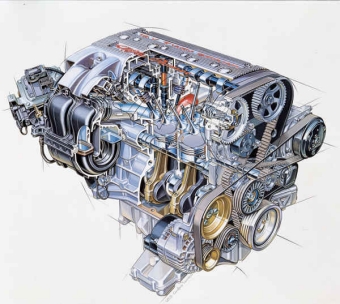
Stage 3 tuning is for serious car lovers or people who want to use their car for racing or motorsports. It includes big changes to the engine and other important systems in the car.
Here’s what it usually includes:
- Engine Internals: Parts inside the engine like cams, pistons, and valves are replaced with stronger, high-performance versions. This helps the engine produce much more power and handle high speed.
- Transmission Tuning: The car’s gearbox is upgraded or reprogrammed so it can handle the extra power and shift gears more smoothly.
- Custom Suspension Setups: Special suspension systems are added to improve control, stability, and handling — especially at high speeds or on race tracks.
Important: Stage 3 tuning is not for daily use. It’s expensive, complex, and best for those who are serious about car performance or racing. It also requires expert knowledge and regular maintenance.
How Car Tuning Works
If you’re wondering how car tuning works, here’s a simplified breakdown:
1. Engine Tuning – More Power for Daily Driving
Every car today has a small computer inside called the ECU (Engine Control Unit). Engine tuning means changing the settings in this computer so the engine can perform better.
- You can get an ECU remap, which helps improve your car’s speed and fuel use.
No engine parts are changed — it’s all done by software.
Benefits:
- A little more power
- Better fuel efficiency
- Smoother driving
2. Exhaust Tuning – Better Sound and Air Flow
Your car has an exhaust system that pushes hot gases out of the engine. Replacing the factory exhaust with a simple performance exhaust makes the car breathe better.
- A cat-back exhaust system is easy to install and budget-friendly.
- It gives your car a nice sporty sound and helps a little with performance.
Benefits:
- A cooler engine sound
- Slight increase in performance
- Better airflow
3. Suspension Tuning – Comfortable and Safer Ride
The suspension system affects how your car feels on the road. Tuning the suspension doesn’t mean lowering the car too much or turning it into a race car — it just means making it ride better.
- Install new shocks or springs for a smoother ride.
- You can also use mild lowering springs for a better look and stability.
Benefits:
- Better grip on the road
- More comfort on bumpy roads
- Safer turns and cornering
4. Exterior Tuning – Style Your Car
You don’t need to go over the top to make your car look cool. Even small exterior changes can give it a fresh and sporty look.
- Add alloy wheels or simple spoilers.
- Use vinyl wraps or decals to customize the color.
- Add LED headlights or fog lights.
Benefits:
- Stylish, personalized look
- Improves car’s appearance
- Doesn’t affect engine or driving
5. Interior Tuning – Comfort and Fun Inside
Tuning the inside of your car is easy and fun. It’s all about making the cabin more comfortable and modern.
- Install seat covers, LED lights, or a better sound system.
- Change your steering wheel or dashboard covers.
Benefits:
- More comfort while driving
- A cleaner, updated interior
- Enjoy your music or entertainment
How Much Car Tuning Costs in Pakistan
Wondering how much car tuning costs in Pakistan? Here’s a rough idea based on real user experiences:
| Tuning Type | Estimated Cost (PKR) |
| ECU Remap | Rs. 15,000 – Rs. 50,000 |
| Performance Exhaust System | Rs. 40,000 – Rs. 150,000 |
| Turbocharger Kit | Rs. 150,000 – Rs. 500,000+ |
| Suspension Upgrade | Rs. 35,000 – Rs. 200,000 |
| Body Kit Installation | Rs. 80,000 – Rs. 300,000+ |
| Custom Alloy Wheels | Rs. 50,000 – Rs. 250,000 |
| Interior Upgrades (LEDs, Seats, Audio) | Rs. 20,000 – Rs. 200,000 |
Costs vary based on car model, city, and workshop. Always get a detailed quote first.
Car Modification vs. Car Tuning
A common question: Is car tuning the same as car modification?
- Car modification is a broad term that includes both visual and performance upgrades.
- Car tuning specifically focuses on enhancing performance (engine, speed, handling, etc.).
So yes, tuning is a type of modification, but not all modifications are considered tuning.
Car Tuning Near Me – How to Find a Workshop
Looking for car tuning near me? Here’s how to choose the right place:
- Search “car tuning near me” on Google and check reviews
- Visit the workshop and ask about previous projects
- Ask if they provide warranty on parts and tuning services
- Make sure they use genuine or branded performance parts
- Compare prices but don’t compromise on quality
Cities like Karachi, Lahore, and Islamabad have many professional car tuning shops available.
Conclusion
Car tuning helps improve your car’s power, comfort, and style. Whether you’re starting with small upgrades or planning bigger changes, tuning lets you enjoy a better and more personalized driving experience. Start smart, stay safe, and tune your car your way!
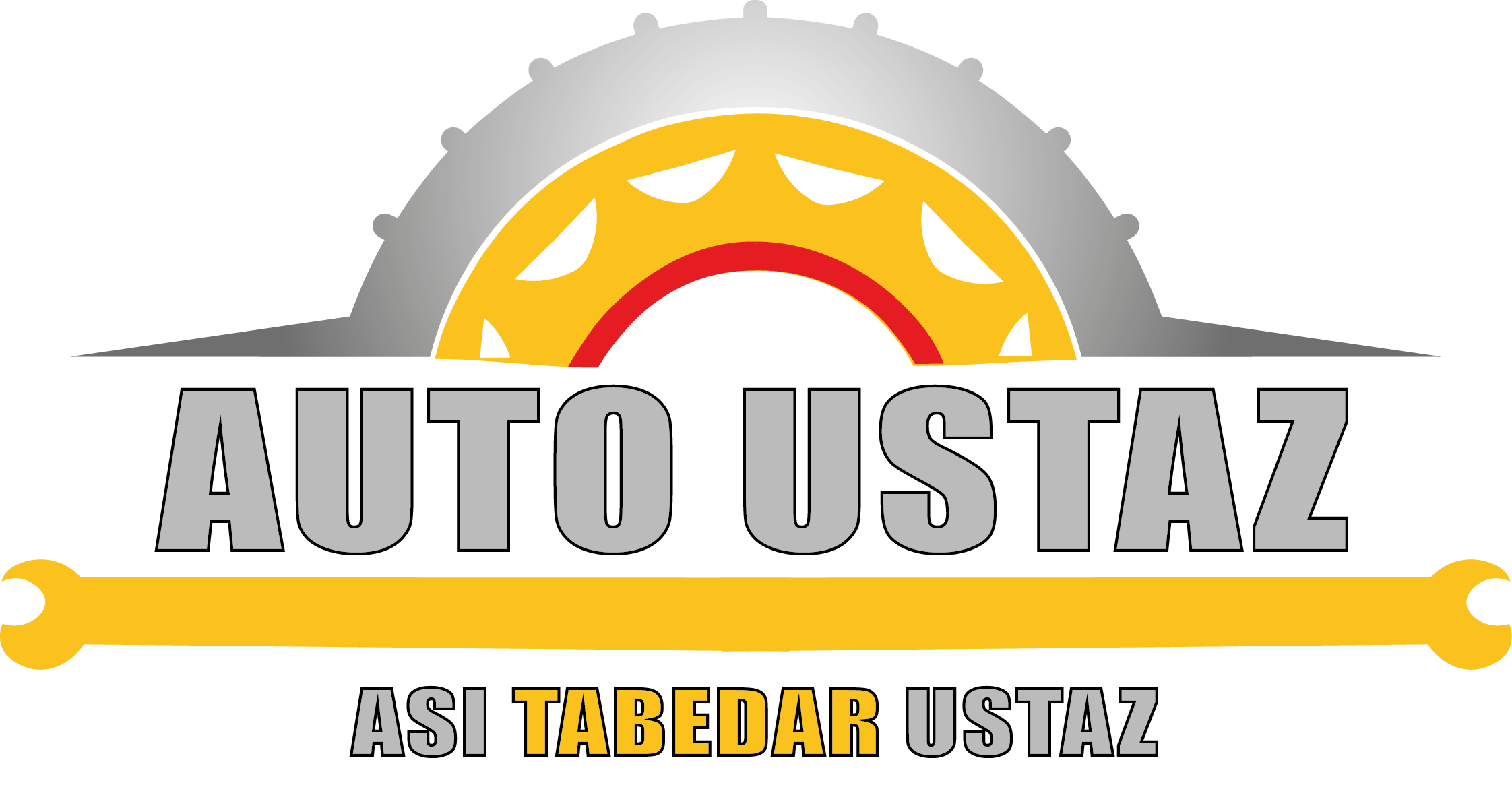
 Cart is empty
Cart is empty
Leave A Comment